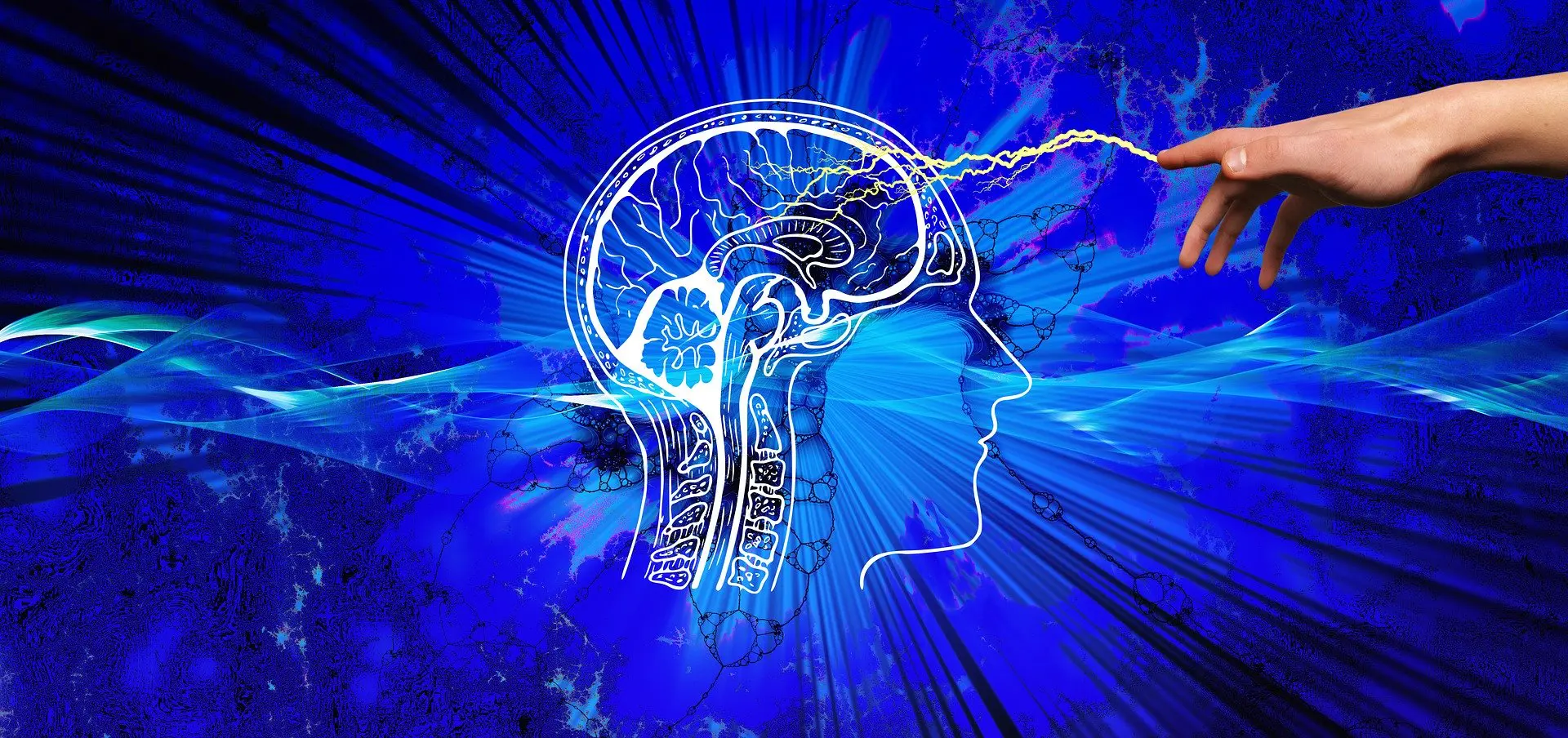It is completely possible for us to change the neural circuitry of our brains for the better: ‘Different pathways form and fall dormant, are created and discarded, according to our experiences.((Ackerman, Courtney E. “What Is Neuroplasticity? A Psychologist Explains [+14 Exercises]”. Positivepsychology.Com, 2019, https://positivepsychology.com/neuroplasticity/. Accessed 5 Dec 2019.))’
During any neural activity, including our thoughts, dreams, and emotions, the neurons in our brains fire in certain patterns. The patterns that fire create a bond, or memory, over time, so that when one piece of the pattern fires, the rest will follow. What fires together, wires together, so when we apply some conscious effort into cultivating positive states of mind, the responding flow of reward-related neurochemicals (Dopamine, Oxytocin, Serotonin, and Endorphins, or D.O.S.E) influences the pathways in our brain to adapt, so that these pathways strengthen and the chemicals become more accessible. Although this article is mainly focussed on neuroplasticity, in order to fully highlight the magnificent power of the brain, it is worth mentioning another of the brain’s amazing abilities – neurogenesis. This is the brain’s ability to grow new neurons. The potential to replace neurons that have died could open up amazing opportunities for neuro-scientists in the treatment of dementia, or traumatic brain injuries((Ackerman, Courtney E. “What Is Neuroplasticity? A Psychologist Explains [+14 Exercises]”. Positivepsychology.Com, 2019, https://positivepsychology.com/neuroplasticity/. Accessed 5 Dec 2019.)).
It has been found that when there is a higher level of activity in the left prefrontal cortex of the brain relative to the right, the individual generally experiences more positive emotions and well-being. Therefore, if we make a conscious effort to encourage more activity in the left prefrontal cortex, we can stimulate the cultivation of positivity and well-being.
Because the neurons that fire together wire together, we must be conscious of negative influences on our neural pathways. Rewiring our brain circuitry is not just a matter of creating new pathways, it is also a matter of discarding those that are destructive. Stress is a destructive factor that can be detrimental to both physical and mental health. This is due to the release of the hormone cortisol in the brain. Frequent release of cortisol can cause damage to the hippocampus, which is associated with visual-spatial memory, and with memory of context and setting. Research in adults has shown that those with a history of frequent stress have lost approximately 25% of the volume of their hippocampus, leaving them with a compromised ability to form new memories. It is clear then that taking a step back from the stress in our lives can have a positive effect on our health. In order to reduce stress and weaken the neural pathways that it has formed, one could make space in their life for relaxation, perhaps by taking up a hobby such as reading or painting, yoga, or beginning a meditation practice.
In order to rewire the brain so that it is better adapted to allow the flow of the D.O.S.E neurochemicals, we must practice receiving them, and allow the body to naturally widen the chemicals’ accessibility to us. The decision to reshape one’s neural pathways and create a more positive state of being must be consciously made by the individual. This process begins by finding our negativity, our judgements and cognitive biases, and replacing it honest, realistic expectations of ourselves. We are often quite harsh on ourselves over our perceived failures, like bad relationships or laziness. Instead of ruminating on these negatives, which could only cause happiness if the individual finds some indulgent pleasure in wallowing or self-pity, we can take a step back, detach from those negative thinking patterns, and look for better things in our lives. When we replace negativity with gratitude, we are providing our brains with the opportunity to produce and release more of the D.O.S.E neurochemicals.
Initially, the changes that come about as a result of the practice of gratitude, reduction of stress, and conscious awareness of our thoughts and feelings will be temporary, but over time these changes will be noticeably less temporary as the bonds created between the synaptic nerves will increase in strength, because neurons that fire together, wire together.
This was our last blog looking at scientific ways to make ourselves happier. Please keep an eye out for our forthcoming articles on Personality Disorders, specifically those categorised under the Cluster B of Personality Disorders. If you have a client, or know of someone who is struggling with seriously low moods during these dark winter months – reach out to Khiron. We believe that we can improve therapeutic outcomes and avoid misdiagnosis by providing an effective residential program and out-patient therapies addressing underlying psychological trauma. Allow us to help you find the path to realistic, long lasting recovery. For information, call us today. UK: 020 3811 2575 (24 hours). USA: (866) 801 6184 (24 hours).







